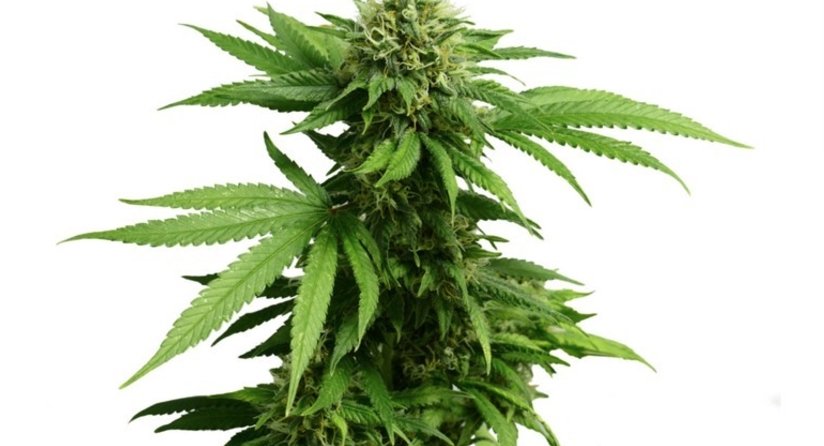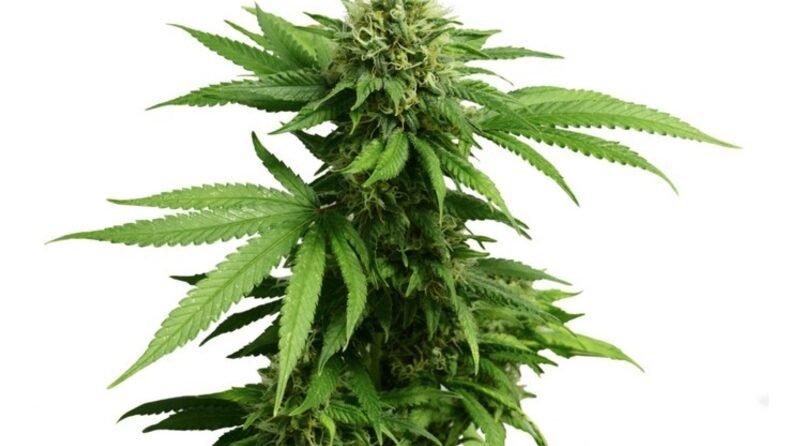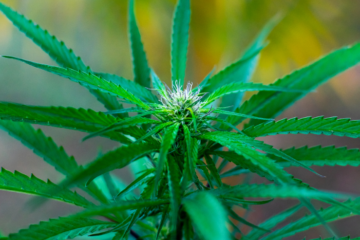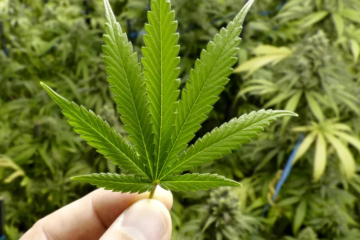The global medical cannabis market, valued at $13.12 billion in 2023, is forecasted to reach a staggering $91.07 billion by 2032, growing at an impressive CAGR of 24.02%. This surge reflects increasing demand, regulatory shifts, and evolving perceptions about the therapeutic benefits of cannabis.
Curaleaf Strengthens Global Footprint with $16M Canadian Acquisition
Curaleaf Holdings, a prominent multistate cannabis operator, recently completed a $16 million acquisition of Northern Green Canada, a licensed producer based in Ontario. The deal, paid in subordinate voting shares, strategically enhances Curaleaf’s international reach, aligning with its ambitious global growth goals.
Northern Green Canada’s established foothold in international markets complements Curaleaf’s expansion strategy. This move is part of a broader trend of consolidation and globalization within the cannabis sector. By acquiring established players, companies like Curaleaf can leverage local expertise while scaling operations globally.
The acquisition not only bolsters Curaleaf’s presence but also reinforces its position as a leading force in the industry, reflecting a growing focus on international markets amid evolving regulations.

The Fast-Growing Medical Cannabis Market
A Shift in Perceptions
Medical cannabis is shedding its stigma. Support from healthcare professionals and scientific advancements are driving this change. Recent research highlights cannabinoids’ potential to treat conditions like chronic pain, anxiety, and epilepsy.
Social attitudes are evolving as well. The increasing visibility of cannabis-based treatments has softened long-standing taboos. Today, medical professionals are more inclined to recommend cannabis, encouraged by positive patient outcomes.
Chronic Diseases Fuel Demand
Chronic illnesses are on the rise, driven by aging populations and modern lifestyles. Diseases like arthritis, heart conditions, and diabetes are becoming more prevalent, especially among older adults.
Lifestyle-related conditions, such as stress, insomnia, and anxiety, also contribute to this surge. As people seek alternative treatments, medical cannabis offers a non-invasive, holistic option for managing symptoms and improving quality of life.
Here’s a snapshot of how medical cannabis intersects with chronic diseases:
| Condition | Potential Cannabis Benefits |
|---|---|
| Chronic Pain | Symptom relief and improved mobility |
| Epilepsy | Reduction in seizure frequency |
| Cancer-Related Symptoms | Nausea, pain, and appetite management |
| Anxiety and Insomnia | Stress reduction and better sleep |
Investment Opportunities and Economic Impact
The cannabis industry is fast becoming an economic powerhouse. Stakeholders across sectors—pharmaceuticals, agriculture, and technology—are tapping into this lucrative market.
Economic ripple effects include:
- Job Creation: From cultivation to retail, the industry generates employment opportunities across the supply chain.
- Innovation Boost: New products and technologies are reshaping the market.
- Support for Ancillary Sectors: Research, compliance, and logistics industries benefit from cannabis-related growth.
The financial promise of medical cannabis is attracting investors, creating a robust ecosystem that’s fueling broader economic development.
Regulatory Challenges and Opportunities
Legal frameworks around medical cannabis vary widely. While many countries have legalized its use, access remains tightly regulated. Patients often need prescriptions from certified practitioners or participation in clinical trials to obtain treatments.
However, in places like the UK and Australia, cannabis treatments are not covered under public healthcare schemes. This limitation imposes out-of-pocket expenses for patients, potentially hindering widespread adoption.
Despite these hurdles, global momentum is undeniable. As regulatory landscapes adapt, the industry is poised for transformative growth.




